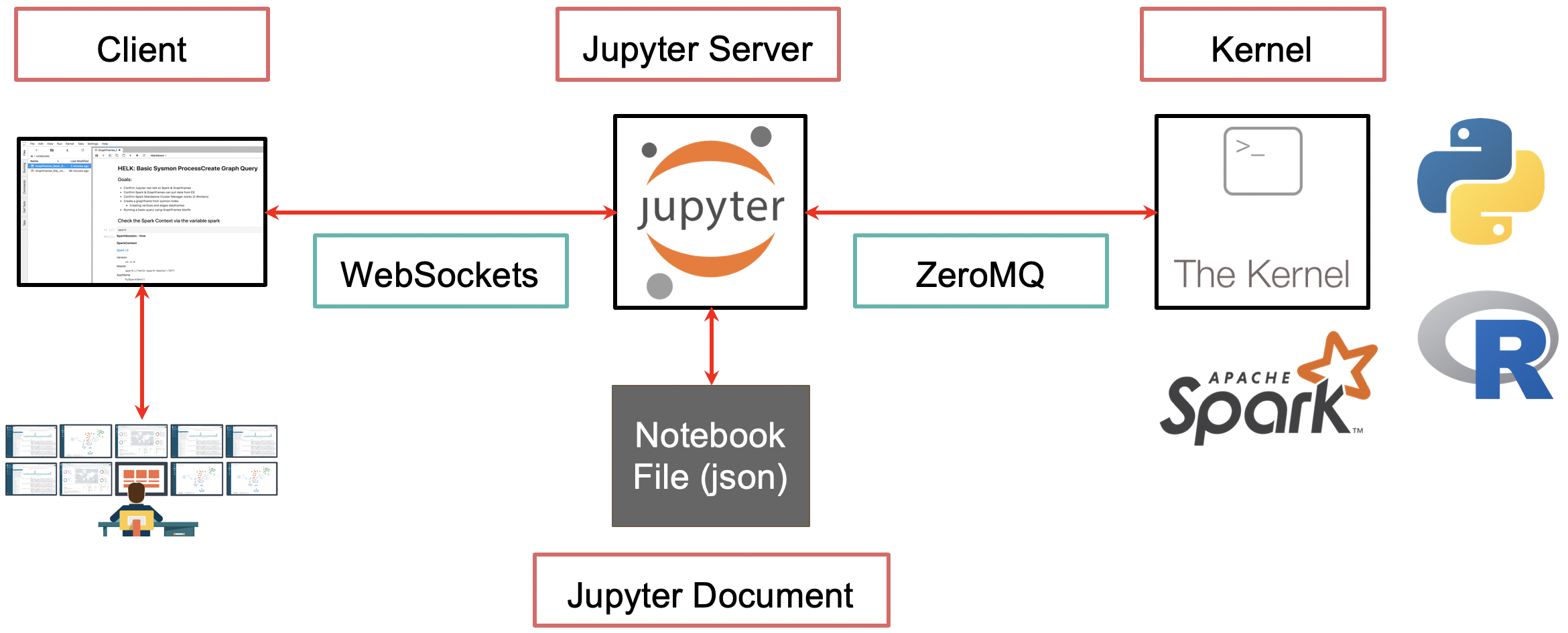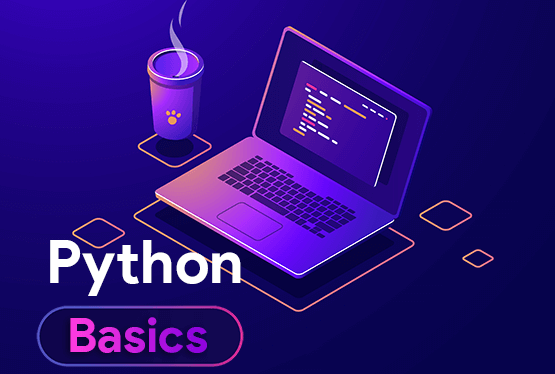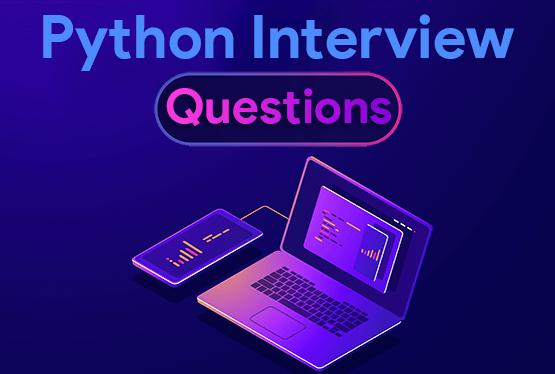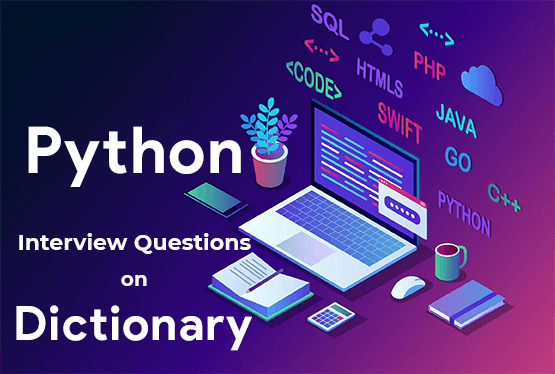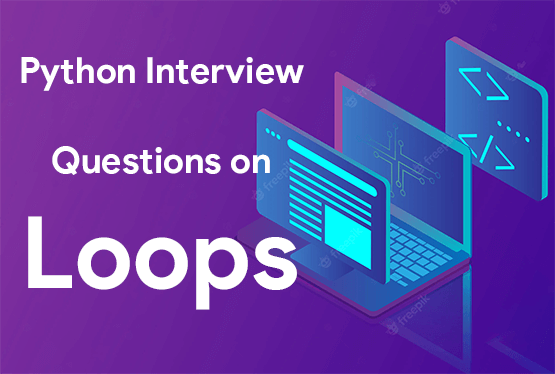What is Jupyter Notebook

Jupyter is the most popular Integrated Development Environment (IDE) for python programming. Jupyter notebook is a browser-based web application that allows you to combine explanatory text, math equations, code, and visualizations all in one easily sharable document. Notebooks are used for data cleaning and exploration, visualization, machine learning, and big data analysis.
The central point is the notebook server. You connect to the server through your browser and the notebook is rendered as a web app. Code you write in the web app is sent through the server to the kernel. The kernel runs the code and sends it back to the server, then any output is rendered back in the browser. When you save the notebook, it is written to the server as a JSON file with a .ipynb file extension.
The name Jupyter comes from the combination of Julia, Python, and R.
The central point is the notebook server. You connect to the server through your browser and the notebook is rendered as a web app. Code you write in the web app is sent through the server to the kernel. The kernel runs the code and sends it back to the server, then any output is rendered back in the browser. When you save the notebook, it is written to the server as a JSON file with a .ipynb file extension.
The name Jupyter comes from the combination of Julia, Python, and R.
Open-source
One reason for Python's popularity is that it's code is open-source. That means its source code is made freely available for public and may be redistributed and modified according to the requirement of the user. Open source software is that by which the source code or the base code is usually available for modification or enhancement by anyone for reusability and accessibility. Open source code is the part of software that mostly users don't ever see. Anyone can manipulate and change a piece of software so that the program or application can work. Programmers who have access to a computer program source code can improve a program by adding features to it or fixing parts that don't always work correctly. So users/companies using python are not tied to any corporate's whims and fancies. Since python is open-source, it does not cost anything and will stay free of cost in future.
What is kernel?
A notebook kernel is a “computational engine” that executes the code contained in a Notebook document. The ipython kernel, referenced in this guide, executes python code. Kernels for many other languages exist
| click here to Learn Python the easiest way |
